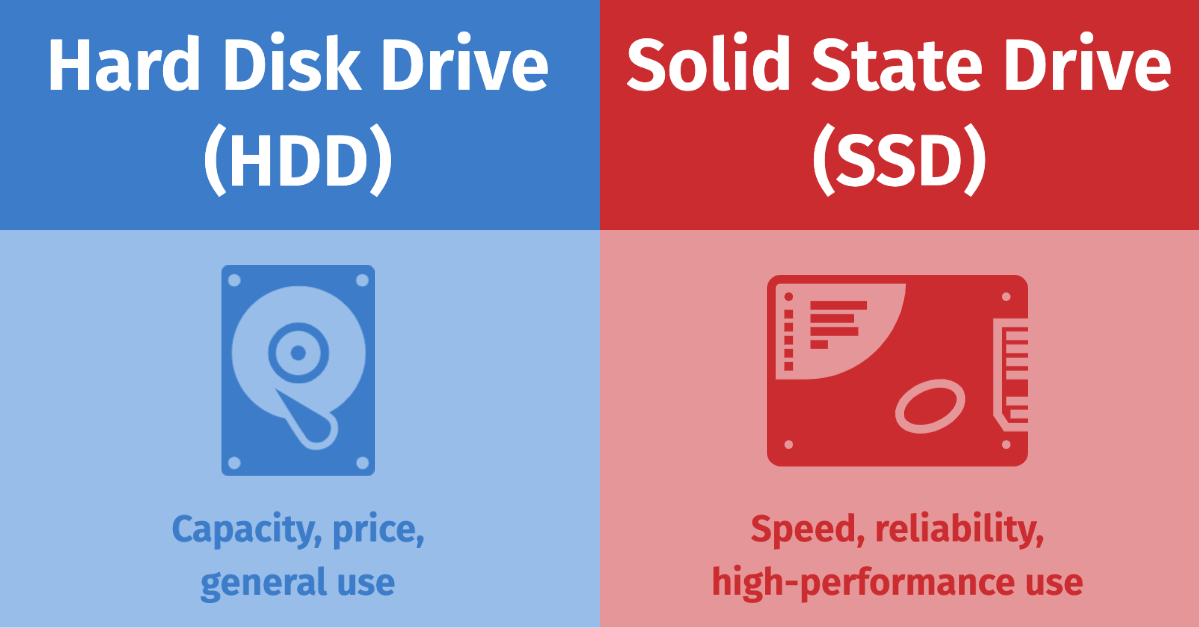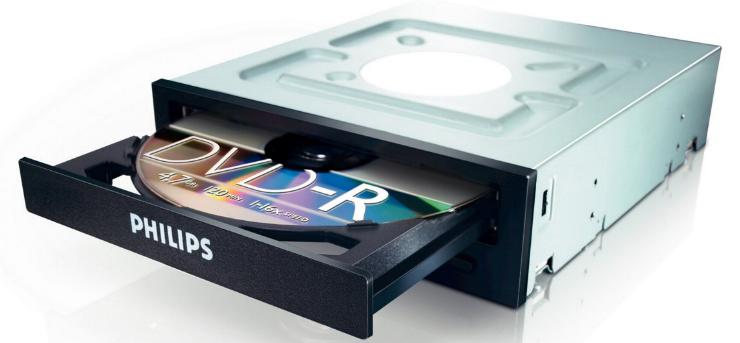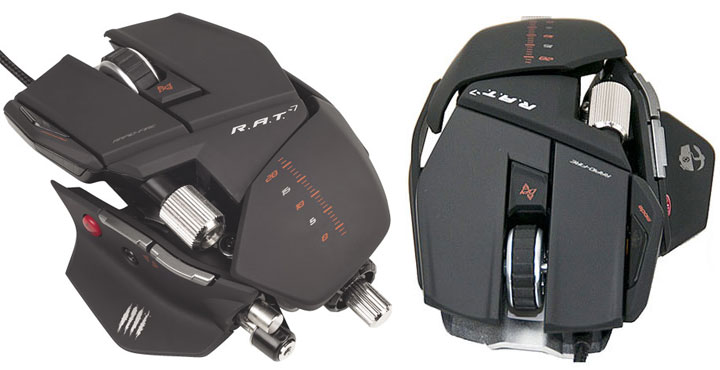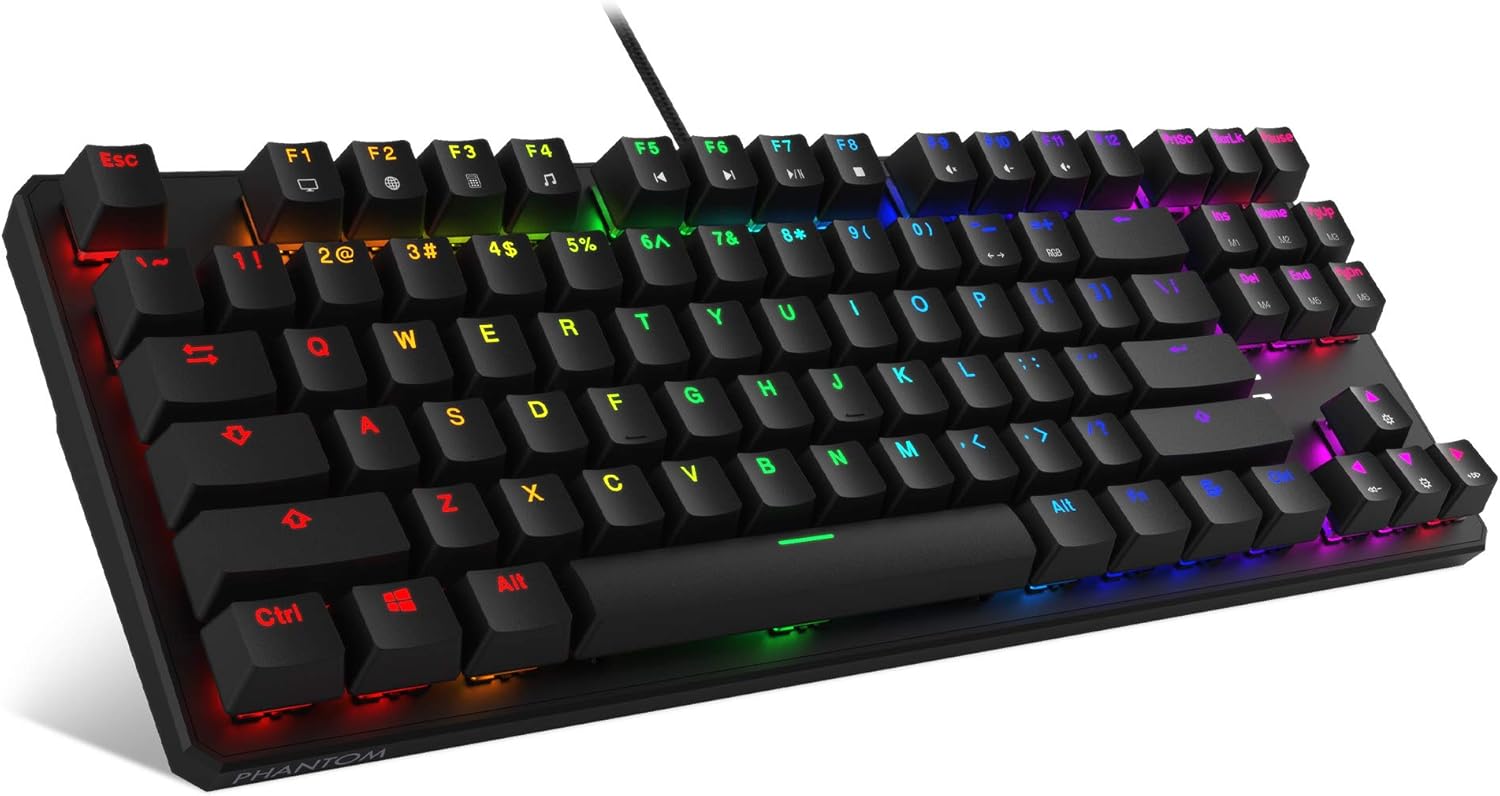A desktop computer is a type of computer that generally sits in one place, as opposed to a laptop or tablet. Both hardware and software make up a desktop computer system to enable you to use it for business or entertainment. It's virtually impossible to get through the day without using some kind of computer in either your personal or professional activities.
Tower (Case)
Motherboard
The motherboard is the primary circuit board of a computer. The motherboard supplies power to the central processing unit and every other hardware component installed on a computer through the main board. It's also called the main board because it connects all the other hardware parts of the computer together. The motherboards are used in computers to communicate with each other and work together to perform processes.
Processor
Memory (RAM)
The more RAM a computer has, the more processes it can complete at one time and the faster it can do them. Any information contained in the RAM disappears when the computer is turned off. The more RAM you have, the better your computer will be able to perform certain tasks.
Hard Drive / SSD
Video Card
A video card on a computer makes it possible for images to display on the screen. Video cards come with different specifications and capabilities. An inexpensive video card may not produce high-quality graphics. A more expensive video card should make it possible to view images at a higher level.
Optical Drive (Optional)
Most desktop computers come equipped with at least one optical drive. Optical drives perform this function with a special device that spins very fast. Some optical drives spin faster than others: Slower-speed optical drives are less expensive than higher-speed drives, though they do not work as well.
Monitor
The resolution of a monitor refers to the clarity and sharpness of the images it displays. Monitors of larger size and higher resolution have higher prices. Some of the newer monitors even have touch-screen technology, enabling the user to touch the screen to make selections.
Mouse
Keyboard










Comments
Post a Comment